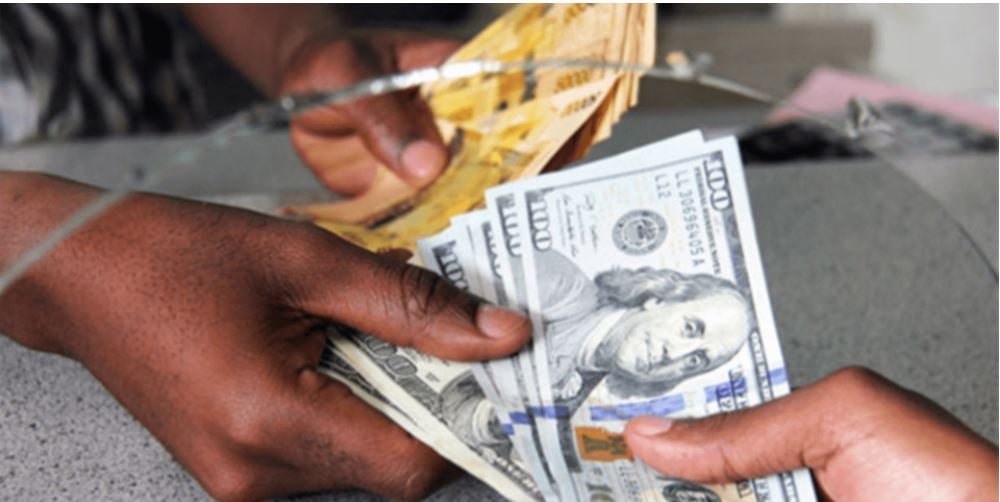URA fiscal receipting system locks out Umeme customers

A man inputs a Yaka token number. Some businessmen and women have complained of failing to claim back the VAT that they pay to suppliers of their inputs, an entitlement they deserve, according to URA. PHOTO/FILE
What you need to know:
- Utility consumers say the new system has locked them out from claiming tax refunds.
At the small computer and printing firm that he owns and runs, Robert Walugembe pays between Shs500,000 and Shs1 million in tax every month, including Value Added Tax (VAT).
He is entitled to claim back the VAT that he pays to suppliers of his inputs, for example, electricity distributor, Umeme. A few years ago Mr Walugembe would receive an invoice for the electricity his business had consumed, which would also indicate how much VAT was due. After paying Umeme, he would then claim back the VAT when he filed his own returns.
Now Mr Walugembe, alongside thousands of other small business owners finds themselves negatively affected by technological progress at the power distributor, and tax collector Uganda Revenue Authority (URA).
The Electronic Fiscal Receipting and Invoicing System (Efris), an online system URA uses to manage tax collections, has created a near-paperless system of tax reconciliation. But in doing so, it has locked out some utility customers from claiming tax refunds.
Big electricity consumers who are billed after consuming power do not appear to be affected as they are still able to receive tax invoices against which they can claim refunds. But smaller businesses, like Mr Walugembe’s have, over the years, been moved to a pre-paid system in which they buy digital “yaka” tokens, mostly using mobile money, without receiving tax invoices.
“When we were still on post-paid meters, they would send us invoices with complete details and when we paid, we would reclaim our VAT, but now things have changed. You pay for yaka bills and it doesn’t show the tax details and when we print these payment details and submit them to URA to claim our VAT, they reject the receipts,” he said.
The pre-paid system improves the power company’s cash flows, reduces its debt, and brings convenience to customers who pay for electricity.
“Just imagine the money I have lost,” says Mr Joseph Sserumaga, whose small metal works business makes doors and windows.
“For example, monthly I use not less than Shs800,000 for electricity; out of this amount, 18 percent goes for VAT. However, every time I go to URA, I am bounced because I don’t have such an invoice to show that I have paid for VAT. We need answers,” he said.
Umeme lays the blame at the feet of customers who have not provided or updated their tax information – for instance, customers whose business premises are registered in the name of non-VAT-registered property owners, and those operating out of commercial premises that were previously residential. It says when it files tax returns, it includes all transaction details to enable qualifying customers to claim tax refunds from URA.
The company says it would be too costly and cumbersome to give physical invoices to each of its 1.7 million customers on the pre-paid meter system.
“If you log into our system and input your meter number, you can check the details of applicable taxes,” Mr Peter Kauju, a spokesperson at Umeme said.
“However, the problem is that some of the businesses do not own the meters and, therefore, taxes are reflected in the names of the landlords.”
“However, to sort this out, we have always asked the business owners to give us their tax identification numbers so that for purposes of tax claims, they are reflected in your system using the TIN number they have provided. Also those who operate in premises that were previously residential, we ask them to come and update their details. It doesn’t cost anything, all we need are their updated details,’’ he added.
URA spokesperson Ibrahim Bbosa Kibuuka admitted that the current system doesn’t cater for tax refund claims without invoices, but said it wasn’t the fault of small business owners. “The issue you raised is a complex one and there is no direct response to it, to that effect, I am now raising a memo to the commissioner of Domestic Tax,” he said.
“The best we can do as of now is request them to put their concerns in writing. It is not their fault that they are not on the taxation systems, but our refund system right now requires an invoice to demonstrate if you will have a VAT refund,” Mr Kibuuka said.
About vat
Value Added Tax (VAT) is charged at a rate of 18 percent on value added to “taxable” goods and services, at different stages in the distribution chain. VAT-registered sellers can claim back the VAT paid on inputs.
To claim input tax refunds, URA requires documentary evidence of local purchases or expenses such as an original tax invoice, and a customs bill of entry, airway bill, or bill of lading for imports. All purchases must be for business purposes only.




